12/31 Update on Stolen Leonard Peltier Statue
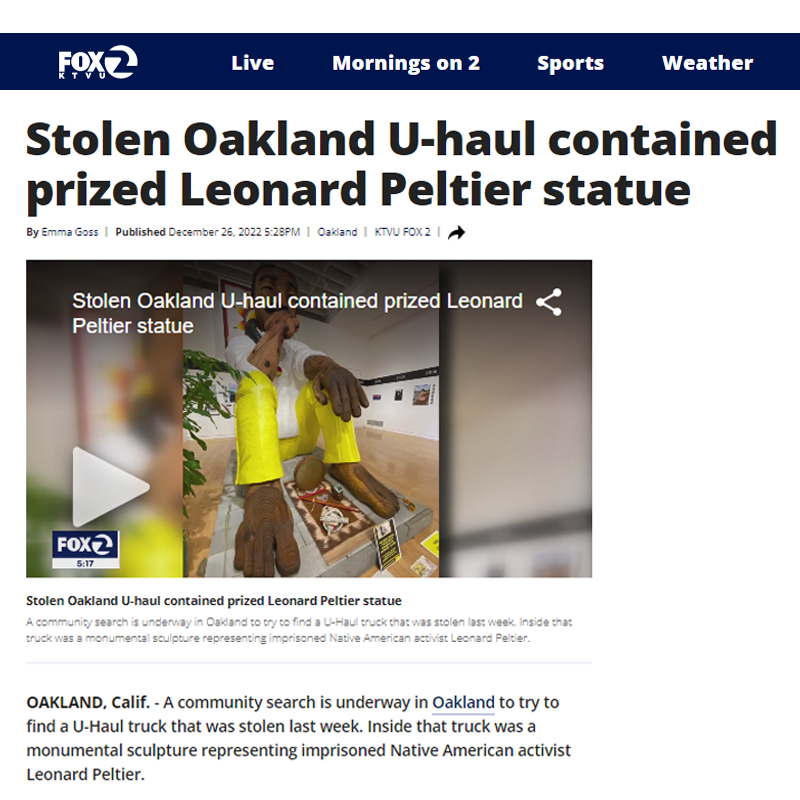
Rigo 23’s statue of Leonard Peltier was stolen from a U-haul in Oakland on 12/23. UPDATE 12/27 6PM: Most of the Leonard Peltier statue has been recovered. HOWEVER, THE STATUE’S LEFT ARM/HAND REMAINS MISSING. If anyone has information about its whereabouts please contact Oakland PD or leave tips on RAC’s voicemail: 510-620-6772 UPDATE 12/31 2PM: […]
Stitching Stolen Lives: Book Talk With Author and Founder of SJSA, Sara Trail
3/4/23
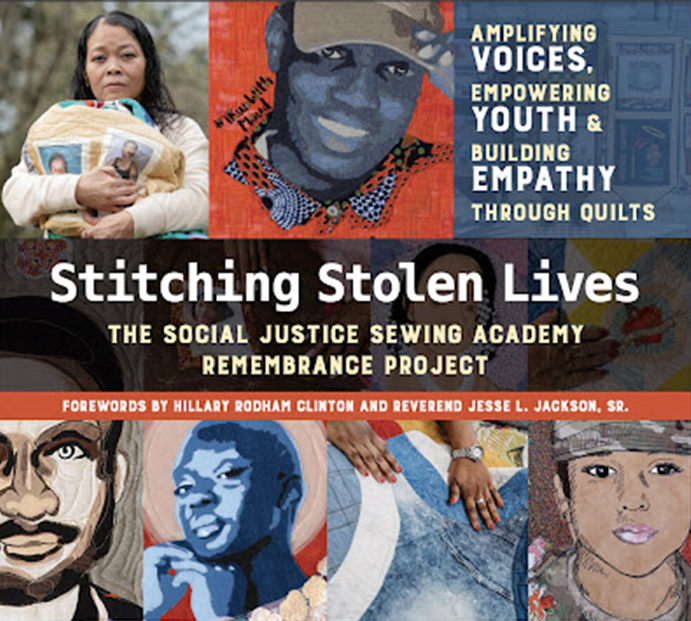
Stitching Stolen Lives: Book Talk With Author and Founder of SJSA, Sara Trail Saturday, March 4, 1pm-2:30pm Richmond Art Center, 2540 Barrett Avenue, Richmond, CA FREE Join us for a talk and book signing with Sara Trail, founder of Social Justice Sewing Academy and co-author of Stitching Stolen Lives, a book that chronicles the work […]
Richmond Confidential: After city reduces funding, Richmond Art Center campaigns for donations to keep going
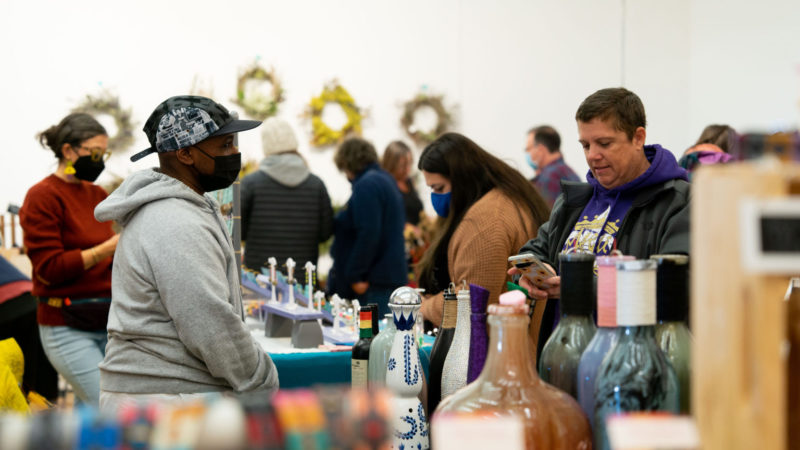
Sasha Schell on December 13, 2022 Hyperlink: https://richmondconfidential.org/2022/12/13/richmond-art-center-funding-donations/ The Richmond Art Center has overcome much in recent years, including the closure forced on all during the pandemic and more recently, a significant loss in donations over the summer. As 2023 looms, Executive Director José Rivera says that despite bouncing back from the major revenue losses of 2020, the […]
Richmond Artists Meeting
2/28/23
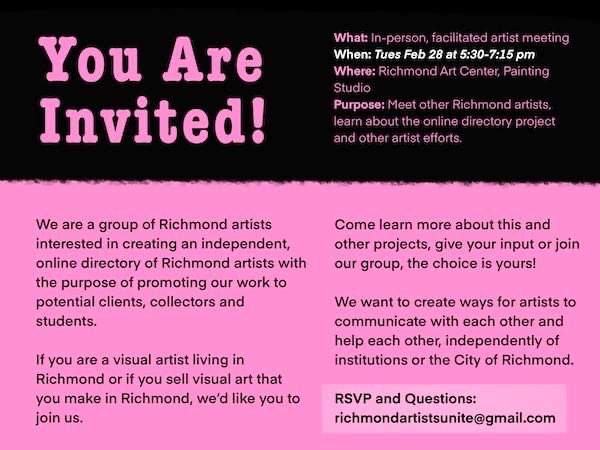
Richmond Artists Meetings Tuesday, February 28, 5:30pm-7:15pm Richmond Art Center, 2540 Barrett Avenue, Richmond, CA FREE A group of Richmond artists is meeting to discuss creating an online artist directory. If you are a visual artist living or working in Richmond and would like to attend this meeting, please RSVP at richmondartistsunite@gmail.com to help plan […]
Wanda Gonzalez EP Release Event
2/26/23
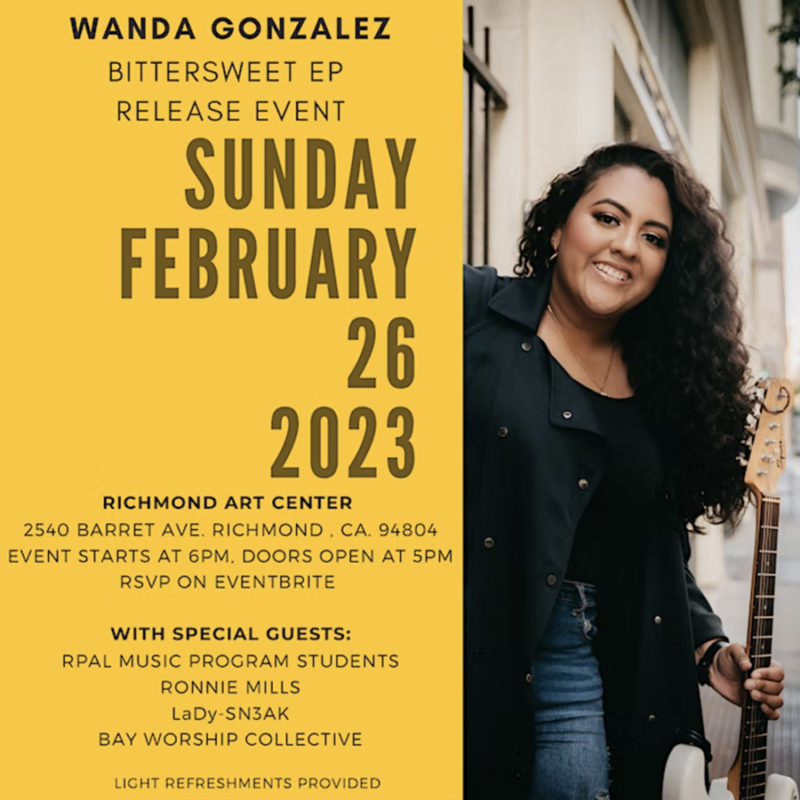
Wanda Gonzalez EP Release Event Sunday, February 26, Doors Open at 5pm Richmond Art Center, 2540 Barrett Avenue, Richmond, CA Join Wanda Gonzalez in celebrating the release of her very first EP, “Bittersweet!” Live performances by Richmond Police Activities League/Empowering Youth Through Music students, Ronnie Mills, LaDy-Sn3AK and Bay Area based Christian music group Bay […]
Radical Monarchs’ Black Lives Matter Public Action Event
2/25/23
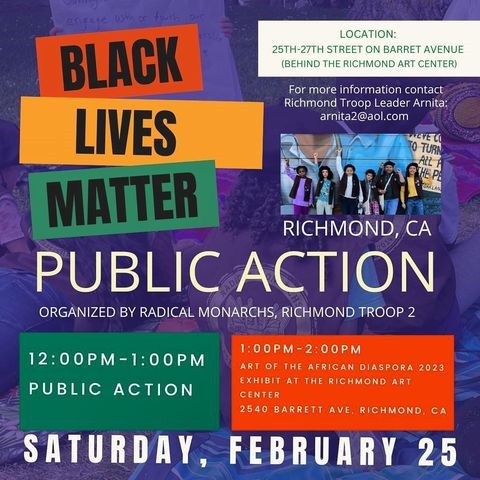
Radical Monarchs’ Black Lives Matter Public Action Event Saturday, February 25, 1pm-2pm Richmond Art Center, 2540 Barrett Avenue, Richmond, CA Radical Monarchs, Richmond Troop 2, is organizing a Public Action surrounding Black Lives Matter Sat., Feb. 25 from 12 p.m. to 1 p.m. near the Richmond Art Center (RAC) between 25th and 27th Streets on […]
The Daily Californian: ‘Art of the African Diaspora’ reveres Black history, present, future
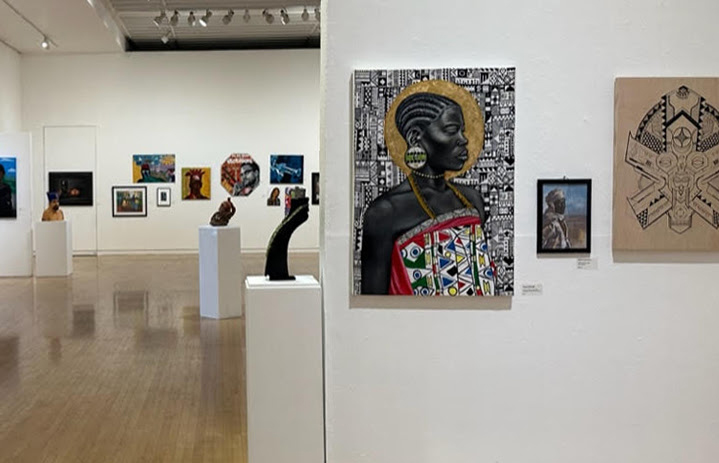
‘Art of the African Diaspora’ reveres Black history, present, future Weblink: https://dailycal.org/2023/02/23/diaspora Katherine Shok | February 23, 2023 After stepping through the Richmond Art Center’s entrance, visitors immediately begin celebrating Black excellence, as laid bare in the “Art of the African Diaspora.” Gracing the center’s main gallery in every medium imaginable, the exhibition in its […]
Prospective Teaching Artist Information Session 2/25/23

Prospective Teaching Artist Information Session Saturday, February 25, 9am-10am ONLINE VIA ZOOM | CLICK HERE TO REGISTER FREE Interested in joining Richmond Art Center’s teaching community? Let’s meet up on Zoom and get better acquainted! In this informal online session RAC’s Education Team share information about our hiring process and teaching opportunities. Richmond Art Center […]
Prospective Teaching Artist Information Session
2/23/23

Prospective Teaching Artist Information Session Thursday, February 23, 5pm-6pm ONLINE VIA ZOOM | CLICK HERE TO REGISTER FREE Interested in joining Richmond Art Center’s teaching community? Let’s meet up on Zoom and get better acquainted! In this informal online session RAC’s Education Team will share information about our hiring process and teaching opportunities. Richmond Art […]
Feeling Fine (Abe Alvarez)

Feeling Fine (Abe Alvarez) Website: abeaalvarez.com Feeling Fine will be a vendor at the Holiday Arts Festival from 10am to 5pm on Sunday, December 4 at Richmond Art Center, 2540 Barrett Avenue, Richmond. CLICK HERE to return to the participant listings.
